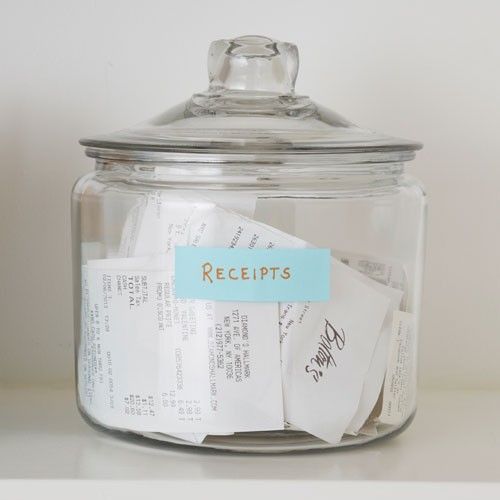Should We Retain Transaction Receipts?
Written By Stephanie Lyon, Senior Regulatory Compliance Counsel, NAFCU

Record retention questions are fairly common for the NAFCU Compliance Team. In the past, we have written a general overview of record retention requirements and highlighted potential state law implications. This blog will focus on one type of record—transaction receipts. Transaction receipts are generally given during branch and ATM transactions and contain information pertaining the member’s account and the transaction. However, depending on the transaction type (e.g., check deposit, cash withdrawal/deposit), transaction receipts may or may not be required which could affect a credit union’s retention requirements.
To start, let’s review a regulation that does require transaction receipts. Regulation E requires that a credit union provide receipts after specific transaction. For example, the rule requires receipts for electronic fund transfers (EFTs) initiated at an electronic terminal and for remittance transfers. See, 12 C.F.R. § 1005.9(a), 1005.31(b)(2). The rule also details the type of information, timing and format of the receipts in sections 1005.9 for EFTs and 1005.31 for remittances. For required receipts, Regulation E imposes a record retention period of 2 years from the date the receipts are made to ensure credit unions can demonstrate compliance with the rule’s requirements. See, 12 C.F.R. § 1005.13(b)(1).
However, if a credit union chooses to provide receipts for situations in which Regulation E does not require a receipt, the credit union may not need to follow that rule’s record retention provision. An example of this would be if a member walks up to the teller line and requests to withdraw cash from their account. The reason this type of transaction does not trigger Regulation E’s receipt requirements is because teller transactions completed by a credit union employee are generally not considered transactions made at an electronic terminal. See, 12 C.F.R. section 1005, Supp. I, 1005.2(h)—3. However, if a credit union chose to provide a receipt nonetheless, Regulation E’s record retention requirements would not come into play.
But beware, even if receipts are not required by one regulation, the credit union may still have to follow another rule’s record retention requirement. Adding to the Regulation E example about the teller line, let’s say the transaction was a $200 cash deposit in which the credit union requires a deposit slip and provides a credit ticket. Regulation E may not require the retention of these records but the Bank Secrecy Act (BSA) does require credit unions to retain records of cash deposits in excess of $100 for at least 5 years. See, 31 C.F.R. § 1020.410(c)(13), FFIEC BSA/AML Examination Manual, App. P. Additionally, NCUA also requires credit unions to permanently retain a ledger with all of share and loan account transactions. See, 12 C.F.R. Pt. 749, App. A. To meet the NCUA requirement, a credit union would have to retain the deposit slip and credit ticket unless it has a sophisticated accounting system that records and retains all member account transactions for eternity.
There may also be additional record retention considerations mandated by your state with regards to transaction receipts. A credit union may want to review its state law to ensure there is no additional requirements for transaction receipts that would extend the record retention time or to provide these for other types of transactions.
